(Today’s accompaniment by Toots and the Maytalls in lieu of David Bowie and Queen)
Every so often a news report really gets me thinking. Today I read a Bloomberg article that noted that the S&P 500 (SPX) has gone 350 sessions without a 2% drop. That would put it on pace for its best streak since 2007. The prior peak of 351 sessions occurred in early 2018. Those dates should give some pause to those of us with a sense of market history.
The end of the record-holding streak occurred in February 2007. That is when some market historians believe is when the cracks preceding the global financial crisis occurred, if not the beginning of the crisis itself. When the streak ended, the Cboe Volatility Index (VIX) roughly doubled from 11.15 to a peak of 20.41 in a week. To be fair, SPX didn’t peak until October 2007, two weeks after the Federal Reserve began reducing the Fed Funds rate from 5.25% amidst concerns about liquidity and bankruptcies. Between then and March 2009, SPX fell over 50% and VIX had touched 89.53.
The current, and soon to be former #2 streak (unless we unexpectedly plunge today or tomorrow), ended in early 2018. That is a time that is etched in veteran options traders’ minds as “Volmageddon.” During the two weeks from January 26th to February 9th, 2018, the S&P 500 (SPX) fell over 10% from a record high. In that period, the Cboe Volatility Index (VIX) shot up from 11.08 to 29.06, touching 50.30 along the way.
This is not to imply that disaster is lurking immediately around the corner. The streaks mentioned above went on for years, just like the current one which began around the start of 2023. Heck, the pre-GFC streak began in early 2003! The length of a streak of this type tells us nothing about when the streak might end. It could occur tomorrow or not for months or years. It’s unknowable.
But the scary stories outlined above do point out something important about market behavior. I have long believed that periodic selloffs, if not corrections, are like pressure relief valves for the market. The longer the market goes without a decent selloff, the more the pressure builds within it, and the worse the ensuing blow-up.
And bear in mind a phenomenon I have experienced for years. When markets go up, few ask why. They’re supposed to go up. When they go down, even by a relatively minor amount, my phone rings. A lot. They’re not supposed to go down.
Let’s take this calendar year as a start. There have been 135 trading days so far this year; 15 have seen days with SPX up moves of greater than 1%, while only 7 have been down by more than a corresponding amount. One day, February 22nd, saw an up move of more than 2%.
Since the start of 2023, there have been 385 trading days; 51 with moves of more than 1% up and 35 with moves of more than 1% down and one additional +2% day. Thus, we have seen an even lower rate of large downward moves so far this year than we did last year – especially since the last -2% down day on February 21st, 2023.
While it is clear that the pressure seems to be building, we have no way of knowing what could cause even a minor blowup. We noted last week that a heavy rotation out of the leading megacap tech stocks could itself be a potential trigger, and we have noted the various divergences that have created what I like to call “stock market Jenga”, where the market moves ever higher on a narrowing foundation. It’s quite possible that a significant earnings miss from a megacap leader could cause a major downdraft. It’s also quite possible that we can continue this way unabated for quite some time. But having seen the outcomes of prior long streaks without selloffs, it seems hard to believe that this one will end benignly.
Join The Conversation
For specific platform feedback and suggestions, please submit it directly to our team using these instructions.
If you have an account-specific question or concern, please reach out to Client Services.
We encourage you to look through our FAQs before posting. Your question may already be covered!
Leave a Reply
Disclosure: Interactive Brokers
The analysis in this material is provided for information only and is not and should not be construed as an offer to sell or the solicitation of an offer to buy any security. To the extent that this material discusses general market activity, industry or sector trends or other broad-based economic or political conditions, it should not be construed as research or investment advice. To the extent that it includes references to specific securities, commodities, currencies, or other instruments, those references do not constitute a recommendation by IBKR to buy, sell or hold such investments. This material does not and is not intended to take into account the particular financial conditions, investment objectives or requirements of individual customers. Before acting on this material, you should consider whether it is suitable for your particular circumstances and, as necessary, seek professional advice.
The views and opinions expressed herein are those of the author and do not necessarily reflect the views of Interactive Brokers, its affiliates, or its employees.

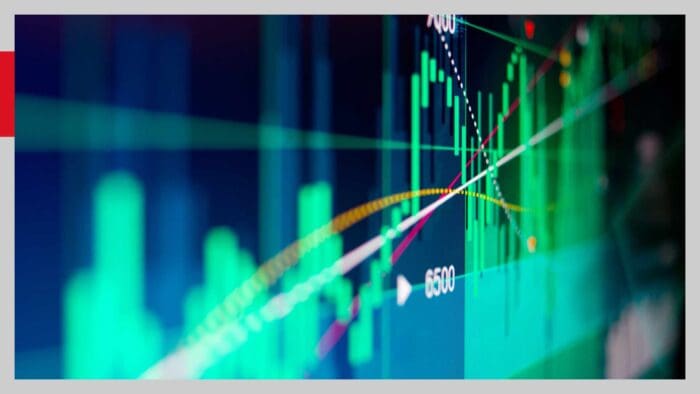
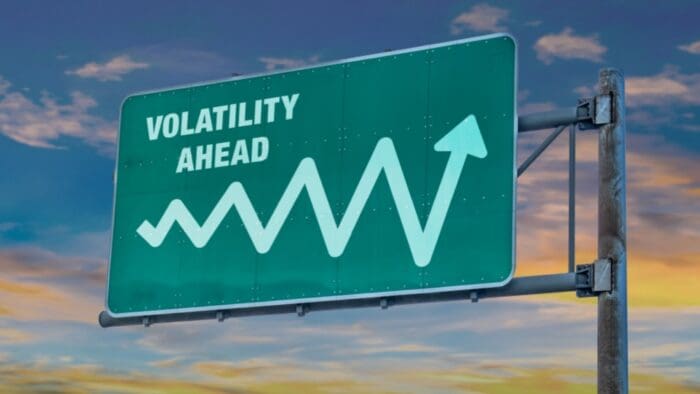
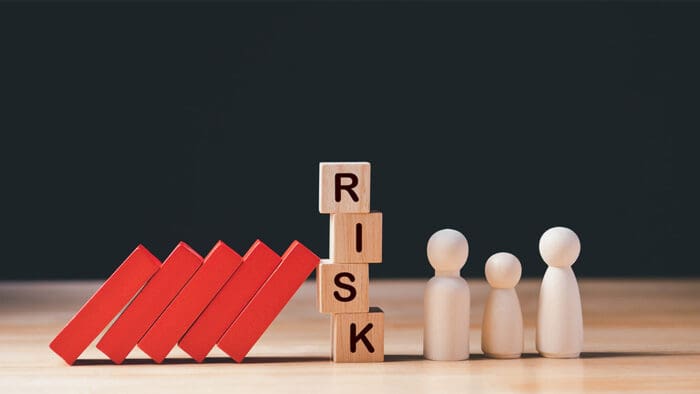
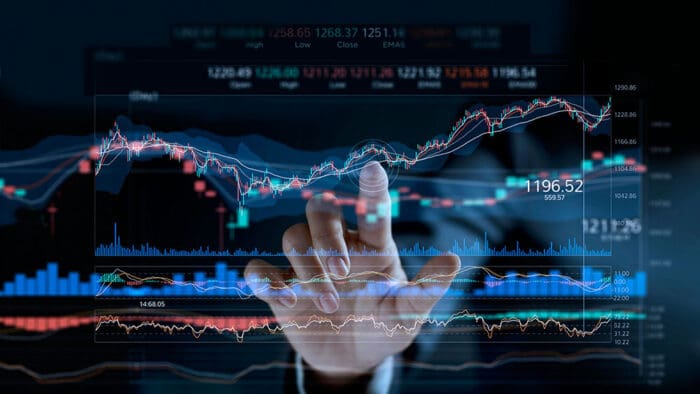

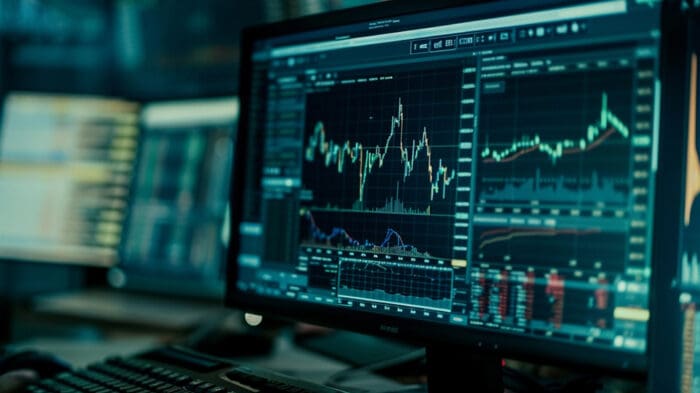

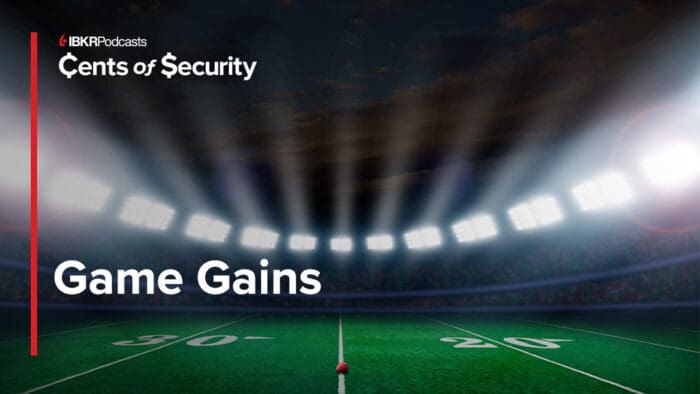




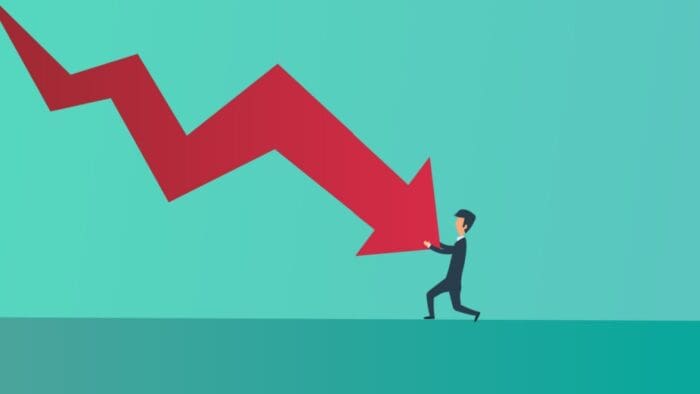





Insanity bubble update: S&P 500 market capitalization now exceeds 47 Trillion dollars. That equals $5875 for every man, woman and child on the planet. (I used 8 billion people to calculate.) That is not all US equities, just the S&P 500. I have no idea when the collapse will come, but I am certain that it will. All previous bubbles have burst, and this one will too. I’ll play oddsmaker and say the SPY falling to 450 is a lock, 400 a coin toss, and a test of the last bear market low of $350 within the realm of possibility. The Nasdaq, which is a house of cards once again, could easily collapse by 40 percent. But for now, the market apparently only goes up, so until the music stops…… On another note, it is amazing, but you can still short a Nvidia September $180 call option for $1.45. The OTM probability is currently shown to be 93.33%, but it is more like 99.99% as far as I’m concerned. I don’t see how NVDA could possibly reach $180 (which would be a $4.5 TRILLION market cap) so if you had $13,000 in buying power that you were willing to use, you could sell 10 contracts and earn $1450 in the next 66 days, and earn almost 12 percent on your investment, for an annualized rate of return of about 65 percent. Of course, this type of trade is only for someone with very deep pockets.
Excellent Comment. I congratulate you on a really compelling review of history. Mitchell
Steve: Did you really mean to say…………”bear in mind” ??? ))
Why isn’t the RVX and IWM relationship not the same as when VIX spikes and SPX weakens? (RVX and IWM are both spiking)
I have been in the Securities business for over 50 years. Whenever, markets go up someone is always out there with a crash or some sort of doomsday scenario. This is actually a quiet market that is trying to rotate to new leadership, possibly. How amazing.
I think this is cherry-picking the criteria to fit the argument. The Nasdaq and S&P500 corrected 27% and 31% resp in the start of 2020 and again 33% and 22% in the H1 2022. Lets talk EPS and PE…